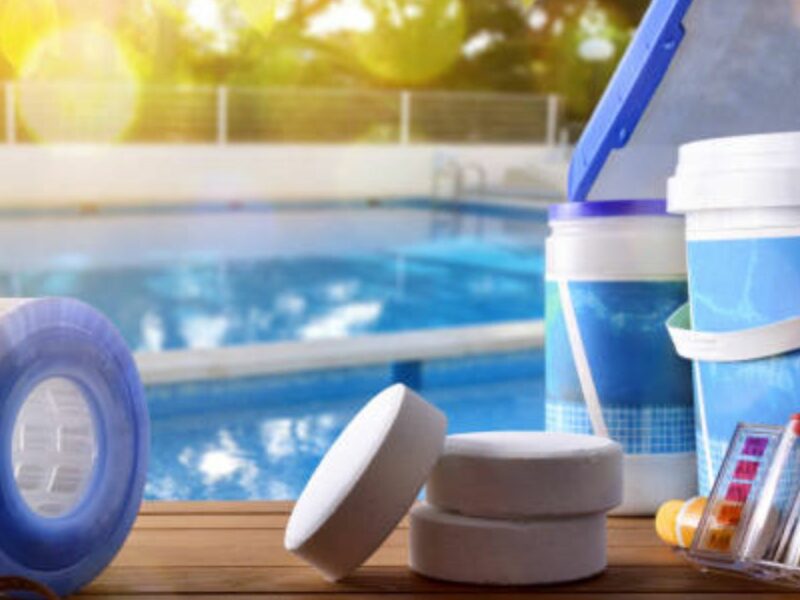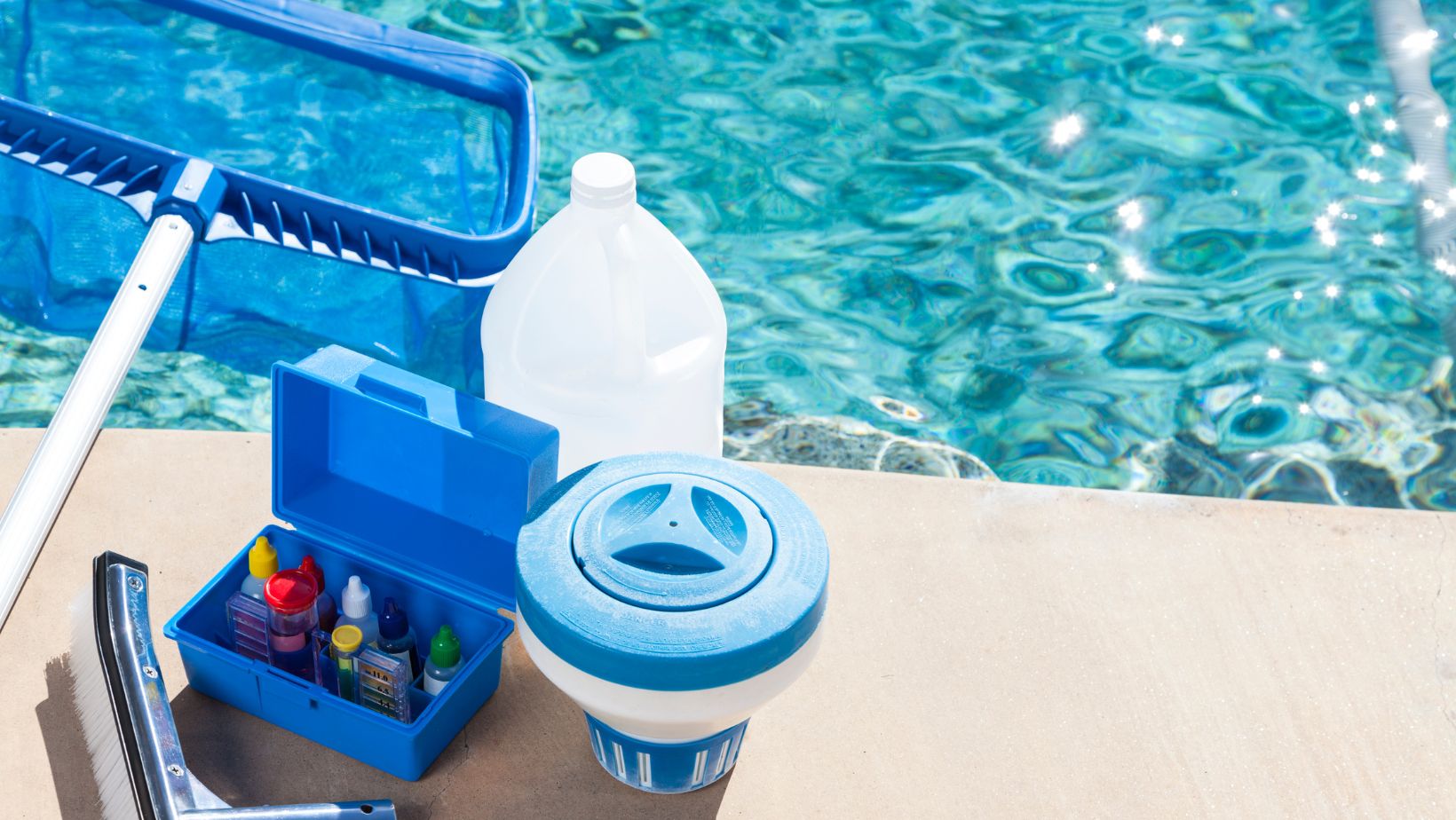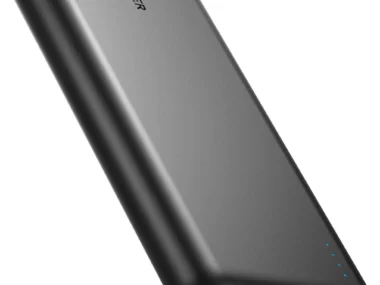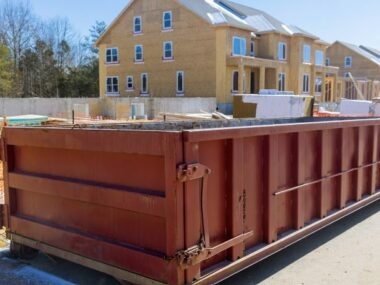As the days grow shorter and temperatures start to dip, it’s time to prepare your pool for the winter season. Properly winterizing your pool is crucial to protect it from damage caused by freezing temperatures and to ensure a smooth and hassle-free reopening come spring. This guide will walk you through the essential equipment and tips needed to effectively winterize your pool.
Why Winterize Your Pool?
Winterizing your pool is an important step in maintaining its longevity and functionality. If water is left in your pool and its components, it can freeze and expand, leading to cracks, leaks, and other costly damage. Additionally, a well-winterized pool helps prevent algae growth and keeps the water clean, making it easier to reopen and maintain when the warmer months return.
Essential Equipment for Winterizing Your Pool
Before diving into the steps of winterizing, it’s important to have the right equipment on hand. Here are the essential tools and products you’ll need:
- Pool Cover: A high-quality pool cover is crucial for keeping debris, leaves, and dirt out of your pool during the winter months. Choose a cover that fits your pool snugly and is durable enough to withstand harsh weather conditions.
- Water Testing Kit: Balancing your pool’s water chemistry is a vital step in the winterizing process. A water testing kit is an essential pool equipment Perth By 1 Pool Care will help you measure pH levels, alkalinity, and calcium hardness to ensure the water is balanced before closing the pool.
- Pool Chemicals: To prevent algae growth and maintain water clarity, you’ll need specific chemicals such as algaecide, chlorine, and a pool shock treatment. These chemicals will keep your water sanitized throughout the winter.
- Pool Pump and Filter: Ensure your pool pump and filter are in good working condition. Clean and backwash the filter to remove any debris, ensuring optimal performance during the winter.
- Air Pillow: An air pillow, or pool pillow, is placed under the pool cover to help distribute the weight of snow and ice, preventing the cover from sagging and potentially damaging the pool.
- Winterizing Plugs: These plugs are used to seal off the return jets, skimmers, and other openings in your pool to prevent water from entering and freezing in the pipes.
- Pool Brush and Vacuum: Cleaning your pool thoroughly before closing it is essential. Use a pool brush and vacuum to remove dirt, leaves, and algae from the pool walls and floor.
To further protect your pool equipment and pipes from potential mineral buildup caused by hard water, you might want to consider products like descalers from JennyChem to maintain efficiency and prevent long-term damage.
Steps to Winterize Your Pool
Once you have all the necessary equipment, follow these steps to properly winterize your pool:
Clean the Pool
Begin by thoroughly cleaning your pool. Use a pool brush to scrub the walls and floor and vacuum up any debris. Skim the surface to remove leaves, insects, and other floating debris. A clean pool prevents staining and makes reopening easier in the spring.
Balance the Water Chemistry
Test your pool water using a water testing kit. Adjust the pH level to between 7.2 and 7.6, the alkalinity to between 80 and 120 parts per million (ppm), and the calcium hardness to between 200 and 400 ppm. Properly balanced water prevents corrosion and scaling during the winter months.
Shock the Pool
Shock your pool with a chlorine shock treatment to eliminate any remaining bacteria and contaminants. Follow the manufacturer’s instructions for the appropriate amount to use based on your pool size. This step ensures your pool water remains sanitized throughout the winter.
Add Algaecide
To prevent algae growth, add a winterizing algaecide to the pool. 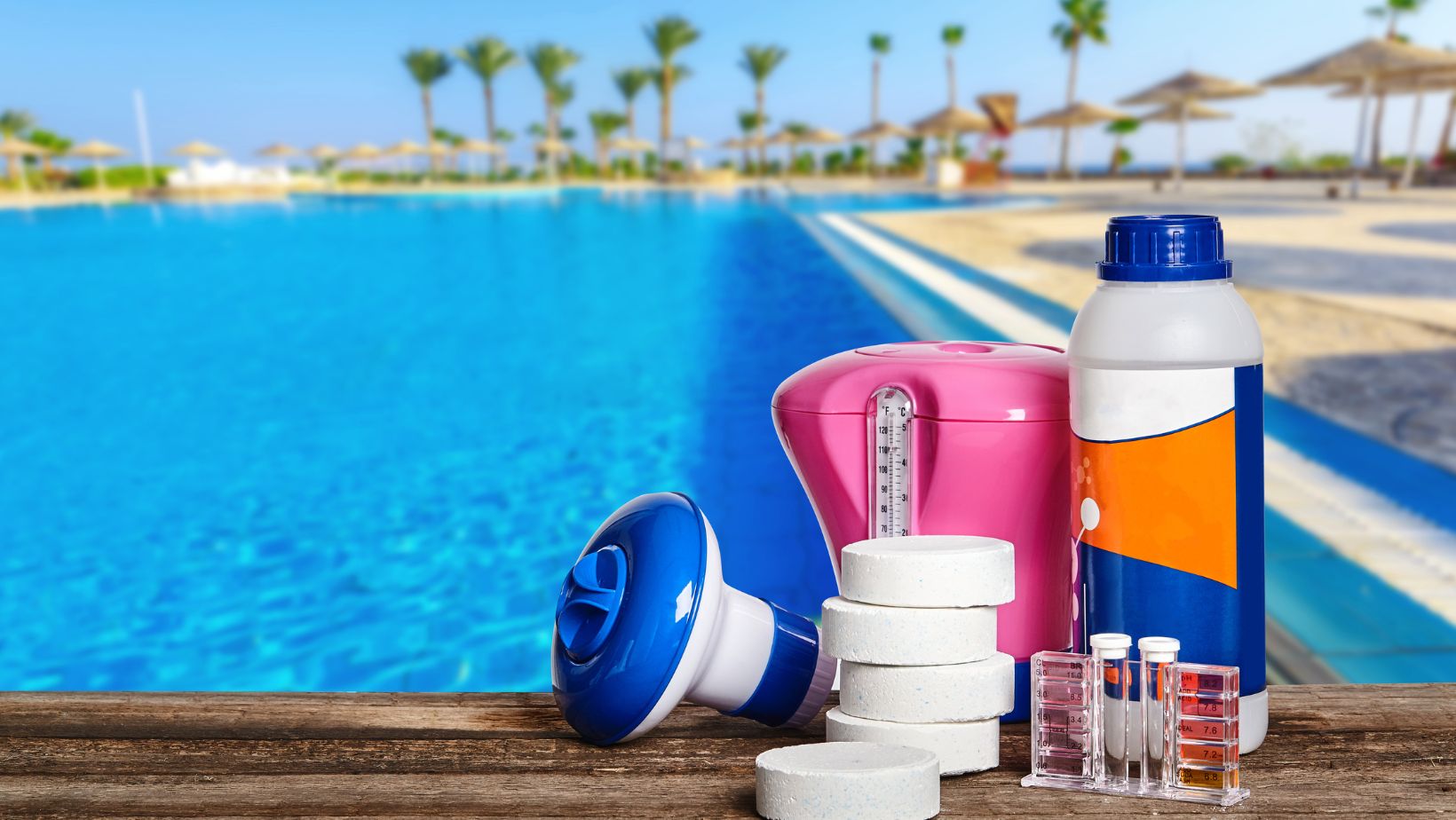
Lower the Water Level
Lower the water level in your pool to below the skimmer. This step prevents water from entering the skimmer and return lines, which can freeze and cause damage. Use a submersible pump or your pool’s pump to drain the water to the desired level.
Drain and Store Equipment
Drain the water from your pool pump, filter, heater, and any other equipment. Remove any remaining water from the plumbing lines by blowing it out with an air compressor or using a wet/dry vacuum. Store the equipment in a dry, sheltered area to protect it from freezing temperatures.
Conclusion
Winterizing your pool is a vital step in protecting your investment and ensuring a hassle-free reopening in the spring. By following these essential steps and using the right equipment, you can safeguard your pool from winter damage and maintain clear, clean water. Proper winterization not only saves you time and money on repairs but also extends the lifespan of your pool, allowing you to enjoy it for many years to come.
